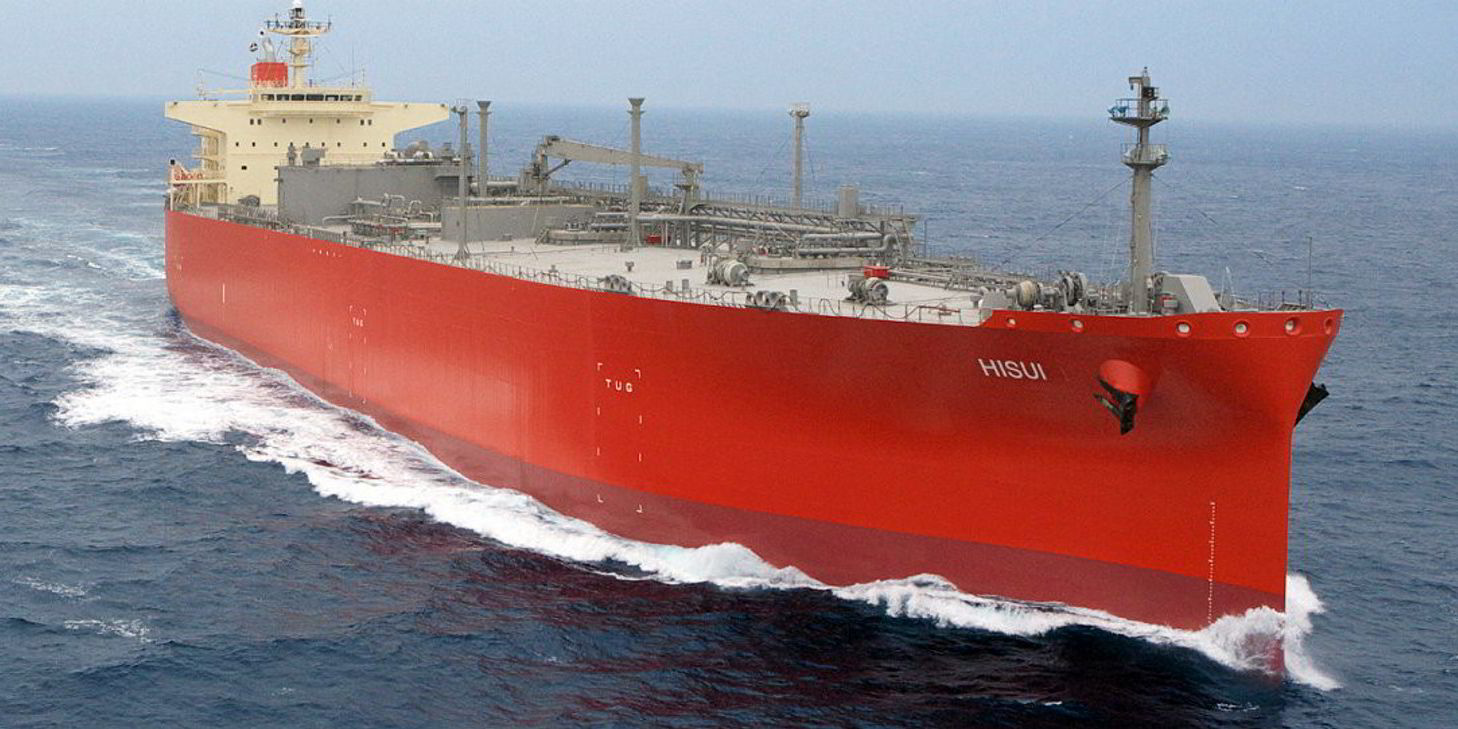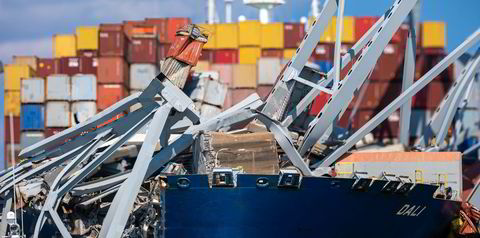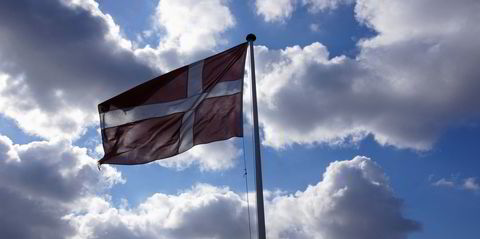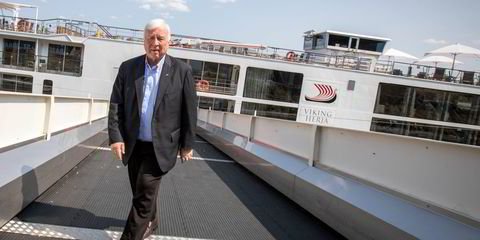VLGC rates are still moving up, as the Russian invasion of Ukraine drives the price gap between propane and naphtha.
Fearnley Securities assesses spot rates for the large gas carriers at $40,000 per day out of the Middle East, while trips from Houston to Chiba in Japan can pay $46,500 per day.
Activity in the East remains centred largely around the last 10 days in May, apart from some prompt Indian cargoes.
Asian deals will likely be concluded at a premium due to vessel tightness, analysts Peder Nicolai Jarlsby, Erik Gabriel Hovi and Ulrik Mannhart said.
In the West, freight costs have been higher than any product price differentials, but with vessel supply looking relatively tight, brokers expect the strong rates to be maintained.
Good demand seen in March from north-west Europe continues, with seven vessels heading there in April, and this should remain the same in May, Fearnleys believes.
US shipbroker Poten & Partners said the average cost, insurance and freight (CIF) propane price in north-west Europe increased about 18% in March following the Russian invasion of Ukraine.
But interest in LPG for mixed-feed cracking plants is growing due to favourable propane-naphtha spreads.
Generally, propane is a preferred cracker feedstock when the price sinks more than $50 per tonne below naphtha, Poten explained.
The spread has in fact been favourable since December 2021, when the average north-west Europe CIF propane prices were $60 per tonne lower than average spot naphtha levels.
Gap widened by war
The gap then widened significantly following Russia’s invasion, as the sharp increase in crude oil prices and disruption of naphtha imports from Russia boosted prices.
Russia is a major exporter of naphtha to north-west Europe, as well as accounting for about 5% of seaborne LPG imports.
Most oil majors and trading companies have now restricted Russian imports.
Regional naphtha market players are stipulating in contracts that counterparties must not be incorporated in Russia or majority-owned by entities or individuals from the country.
Financial barriers
Regional LPG players have also been facing problems dealing with Russian companies Litasco and Sibur, largely due to payment issues and sanctions imposed on financial transactions, Poten said.
“The lack of these volumes due to the above-mentioned self-sanctioning is expected to tighten supply in the region. However, LPG should remain significantly discounted to naphtha as replacing Russian crude and naphtha is more challenging than finding an alternate source for the LPG volume," the broker added.
Rates for handysize semi-refrigerated LPG carriers continue to move up, reaching $710,000 per month, up $10,000 in a week.
Handy ethylene rates remains flat at $820,000 per month.





